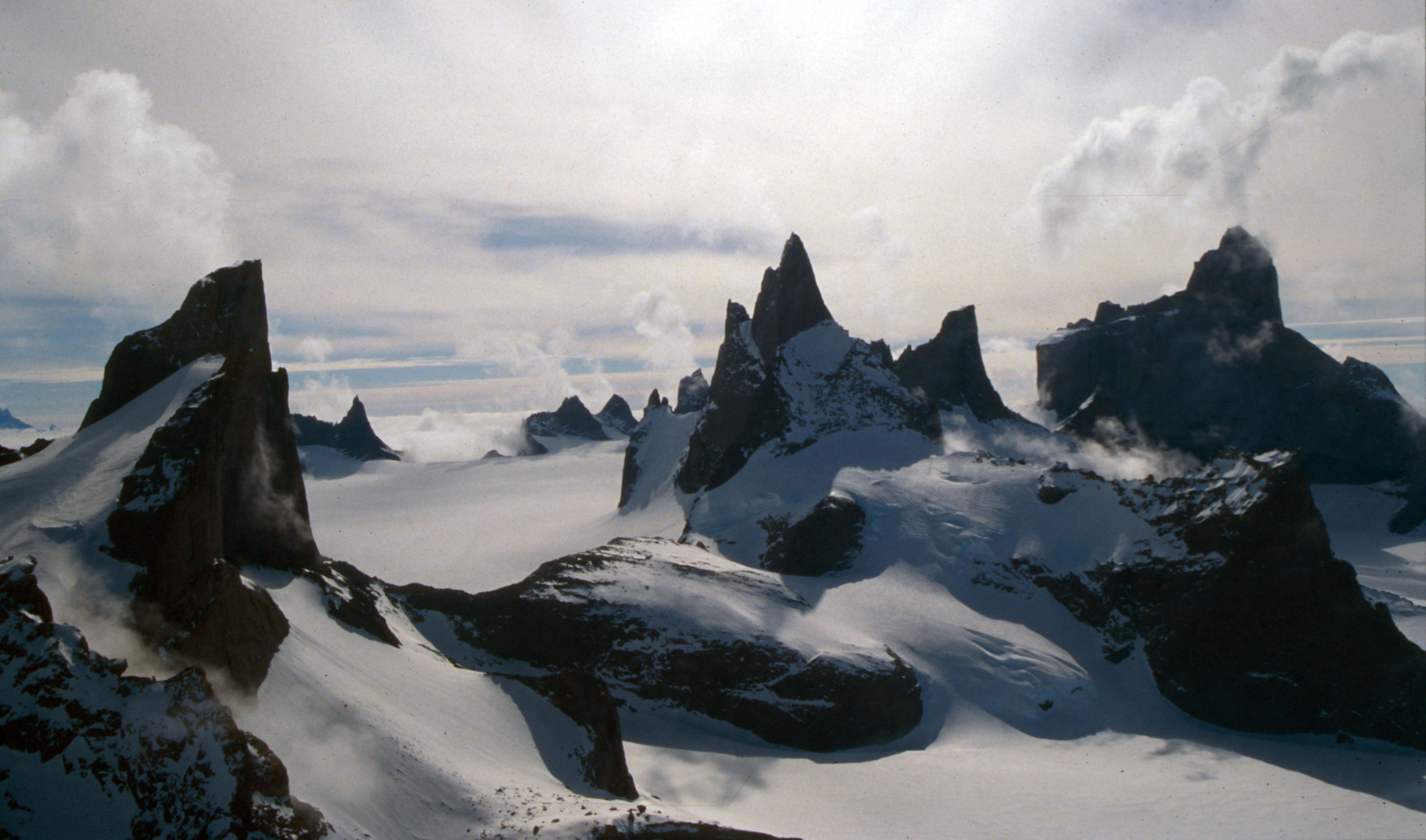|
Otome Point
Otome Point () is a point 2 nautical miles (3.7 km) southwest of Cape Hinode on the coast of Queen Maud Land. Mapped from surveys and air photos by Japanese Antarctic Research Expedition The refers to a series of Japanese Antarctic expeditions for scientific research. The first JARE expedition was launched in 1957 to coordinate with the International Geophysical Year. This was the team which left 15 dogs, including Taro and ... (JARE), 1957–62. The name "Otomenohana" or "Otome-no-hana" (girl's nose) was applied by JARE Headquarters in 1973. Headlands of Queen Maud Land Prince Olav Coast {{QueenMaudLand-geo-stub ... [...More Info...] [...Related Items...] OR: [Wikipedia] [Google] [Baidu] |
Cape Hinode
Cape Hinode () is a rock cape west of Akebono Glacier on the coast of Queen Maud Land, Antarctica. The cape and many of its nearby features were mapped and named from surveys and air photos by the Japanese Antarctic Research Expedition, 1957–62. The name Hinode-misaki means "sunrise cape". Nearby features Kikko Terrace rises on the coast about to the south-southeast. The Bōhyō Heights overlook the coast east-southeast of Cape Hinode. Penguin Heights is a low, rocky elevation about southwest of the cape. Otome Point sits on the coast about to the southwest. Nearby inland features include Maigo Peak, situated east-southeast of Cape Hinode, and Hinode Peak, to the southwest. A pair of large rocks called the Meoto Rocks lie off the coast just west of Cape Hinode. off the coast of Queen Maud Land, Antarctica. "Meotoiwa" means "husband and wife rocks". Niban Rock Niban Rock () is a rock which protrudes into the sea 8 nautical miles (15 km) southwest of Cape Hinode, o ... [...More Info...] [...Related Items...] OR: [Wikipedia] [Google] [Baidu] |
Queen Maud Land
Queen Maud Land ( no, Dronning Maud Land) is a roughly region of Antarctica claimed by Norway as a dependent territory. It borders the claimed British Antarctic Territory 20° west and the Australian Antarctic Territory 45° east. In addition, a small unclaimed area from 1939 was annexed in June 2015. Positioned in East Antarctica, it makes out about one-fifth of the continent, and is named after the Norwegian queen Maud of Wales (1869–1938). In 1930, the Norwegian Hjalmar Riiser-Larsen was the first person known to have set foot in the territory. On 14 January 1939, the territory was claimed by Norway. On 23 June 1961, Queen Maud Land became part of the Antarctic Treaty System, making it a demilitarised zone. It is one of two Antarctic claims made by Norway, the other being Peter I Island. They are administered by the Polar Affairs Department of the Norwegian Ministry of Justice and Public Security in Oslo. Most of the territory is covered by the east Antarctic ic ... [...More Info...] [...Related Items...] OR: [Wikipedia] [Google] [Baidu] |
Japanese Antarctic Research Expedition
The refers to a series of Japanese Antarctic expeditions for scientific research. The first JARE expedition was launched in 1957 to coordinate with the International Geophysical Year. This was the team which left 15 dogs, including Taro and Jiro, behind after an emergency evacuation in February 1958. Expeditions to the Antarctic took place from 1968 to 1977, and ice core An ice core is a core sample that is typically removed from an ice sheet or a high mountain glacier. Since the ice forms from the incremental buildup of annual layers of snow, lower layers are older than upper ones, and an ice core contains ic ...s were drilled on these expeditions, mostly at Mizuho. A later instance was an ecological expedition studying the ecosystems near Showa Station in Antarctica. The project was first undertaken in February 1986. It was associated with the international BIOTAS program, which also launched in 1986. Taxonomical studies of some organisms (particularly plants and ... [...More Info...] [...Related Items...] OR: [Wikipedia] [Google] [Baidu] |
Headlands Of Queen Maud Land
A headland, also known as a head, is a coastal landform, a point of land usually high and often with a sheer drop, that extends into a body of water. It is a type of promontory. A headland of considerable size often is called a cape.Whittow, John (1984). ''Dictionary of Physical Geography''. London: Penguin, 1984, pp. 80, 246. . Headlands are characterised by high, breaking waves, rocky shores, intense erosion, and steep sea cliff. Headlands and bays are often found on the same coastline. A bay is flanked by land on three sides, whereas a headland is flanked by water on three sides. Headlands and bays form on discordant coastlines, where bands of rock of alternating resistance run perpendicular to the coast. Bays form when weak (less resistant) rocks (such as sands and clays) are eroded, leaving bands of stronger (more resistant) rocks (such as chalk, limestone, and granite) forming a headland, or peninsula. Through the deposition of sediment within the bay and the erosion of th ... [...More Info...] [...Related Items...] OR: [Wikipedia] [Google] [Baidu] |


